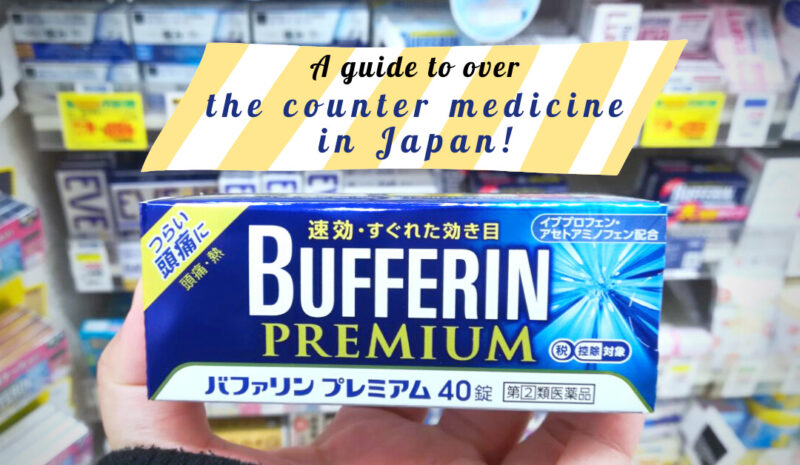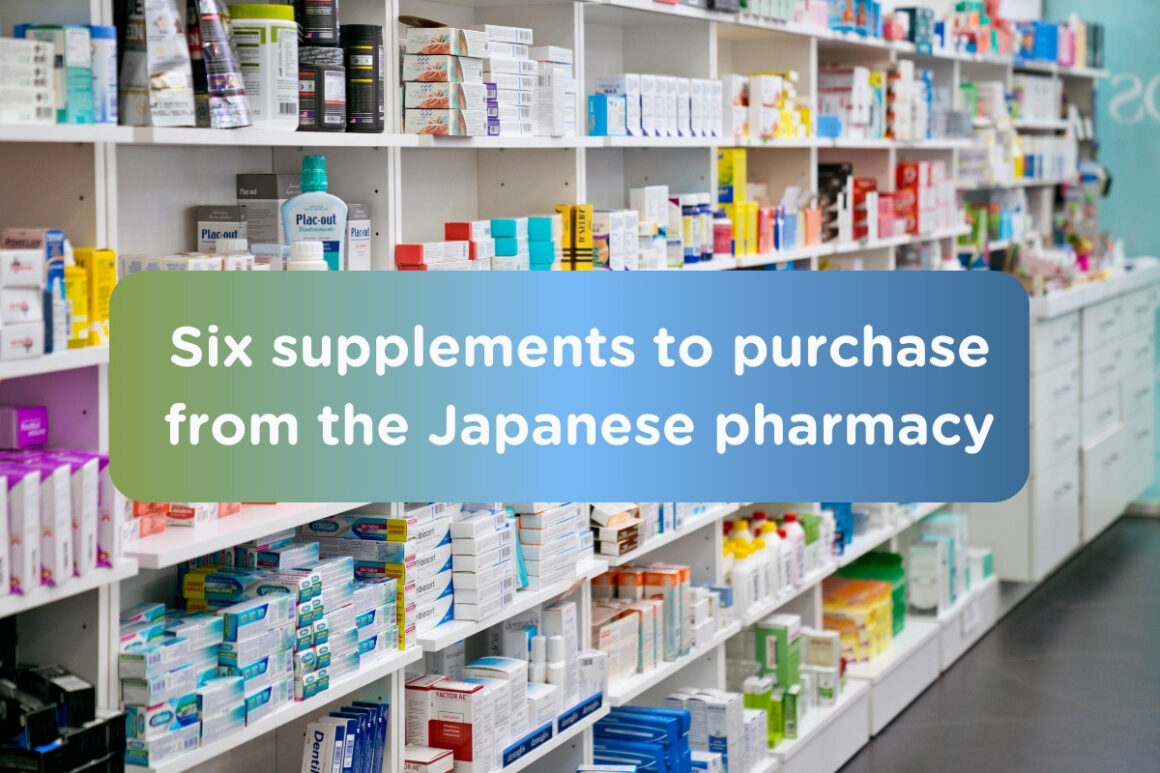Things you need to know about Nihonshu!
Jun 02, 2022
Things you need to know about Nihonshu!
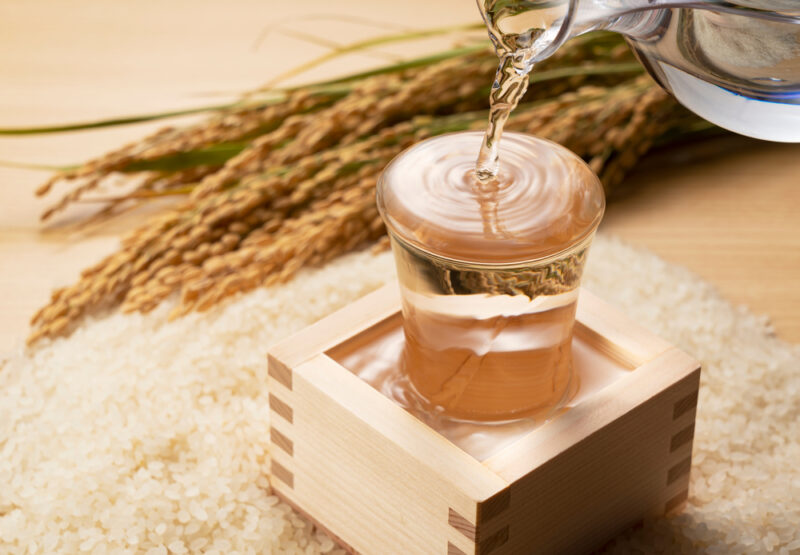
When you think of alcohol and Japan, the first word that pops in your mind is perhaps “sake”, right? Sake literally means alcohol in Japanese. If you go to the local bars and ask for sake, you are basically referring to all types of alcoholic drinks. The “sake” we’ve been talking about is particularly known as “nihonshu” in Japan, which is basically a rice wine.
Nihonshu is consumed by the Japanese on a daily basis and on special occasions, including the New Year. It is produced across the country, and there are a lot of different varieties of them sold in Japan.
In this feature, we’ll give you a detailed explanation about nihonshu, the iconic alcoholic drink that is unique to Japan.
Index
1. Ingredients and manufacturing process

Nihonshu is fermented rice wine that is made from rice, rice koji (a type of yeast), and water. Sometimes pure distilled alcohol is also added to nihonshu, and the grade of them is determined by its ingredients and manufacturing process.
The rice used for nihonshu is polished before it is brewed, and the rice-polishing ratio defines the grade of the them. A lower rice-polishing percentage signifies more highly polished rice.
Polishing is an important step as it concentrates the starch that is more present in the core of a rice grain, so highly polished rice has higher concentrations of starch. Polished rice is washed, moistened, and then placed in a “koshiki”, a traditional cooking utensil used to brew it.
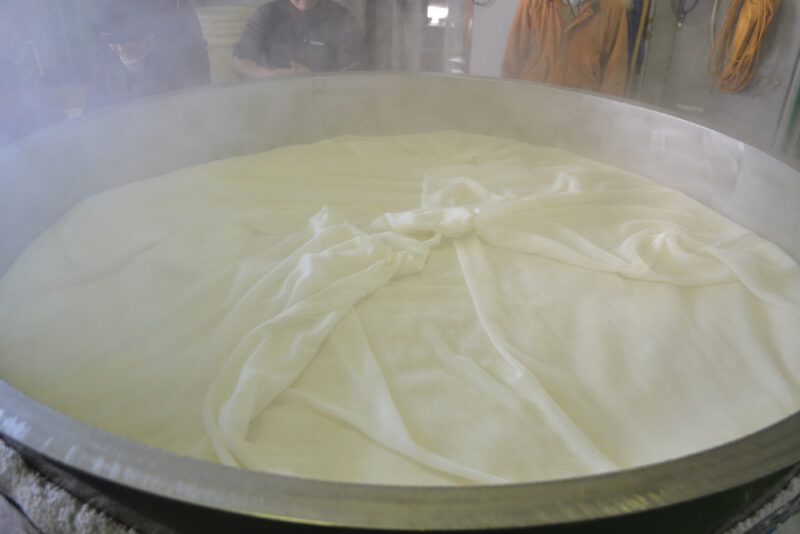
The rice is cooked slowly with the steam coming from the bottom of koshiki, and once the rice is cooked, it is transferred to “kojimuro”, a special room with strict temperature and humidity control. Rice koji is added to the cooked rice in kojimuro, creating moromi.
Moromi is fermented for several days, and several batches of rice koji are added to it to complete the fermentation, which can take up to two weeks. Once the fermentation is complete, the fermented moromi is pressed to remove the sake lees, and then the sake is stored in bottles and kept under cold conditions for maturation.
The maturation of nihonshu takes from nine to twelve months, so the entire process of manufacturing can range from twelve to fifteen months in total.
2. Types of sake
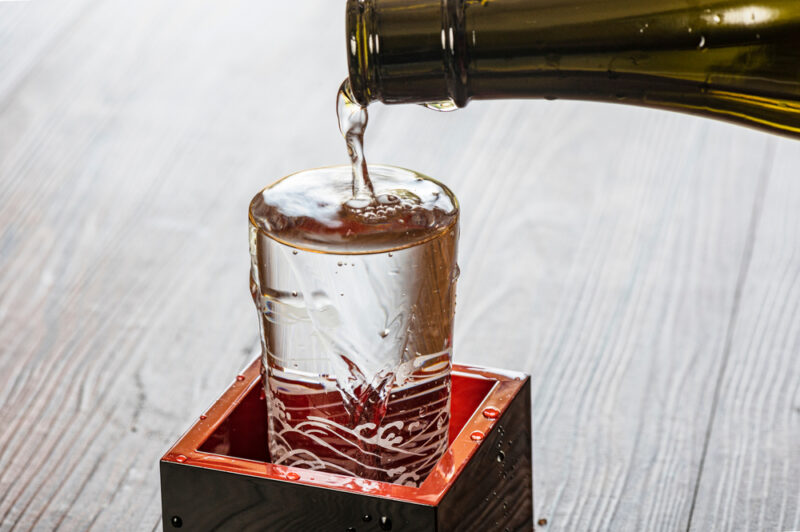
There are several types and grades of nihonshu, but particularly It is graded as either premium (tokutei meisho-shu) or non-premium (futsu-shu). For drinking purposes, you might want to stick with premium nihonshu, and the three basic premium designations for them are junmai, ginjo, and honjozo.
Premium nihonshu is graded based on these three criteria :
- Ingredients : nihonshu made only from rice, rice koji, and water is graded as junmai-shu (pure rice wine). And nihonshu that contains a small amount of pure distilled alcohol is called honjozo.
- Brewing process : nihonshu brewed at low temperatures over a long period of time using highly polished rice is called ginjo-shu, and if no distilled alcohol is added to the nihonshu, it is called junmai ginjo.
- Rice-polishing ratio (seimai buai) : highly polished rice has a lower percentage of seimai buai.
The grades of junmai nihonshu from high to low are junmai daiginjo, junmai ginjo, tokubetsu junmai, and junmai.
The order of the grades for honjozo nihonshu from high to low are daiginjo, ginjo, tokubetsu honjozo, and honjozo.
3. Serving style
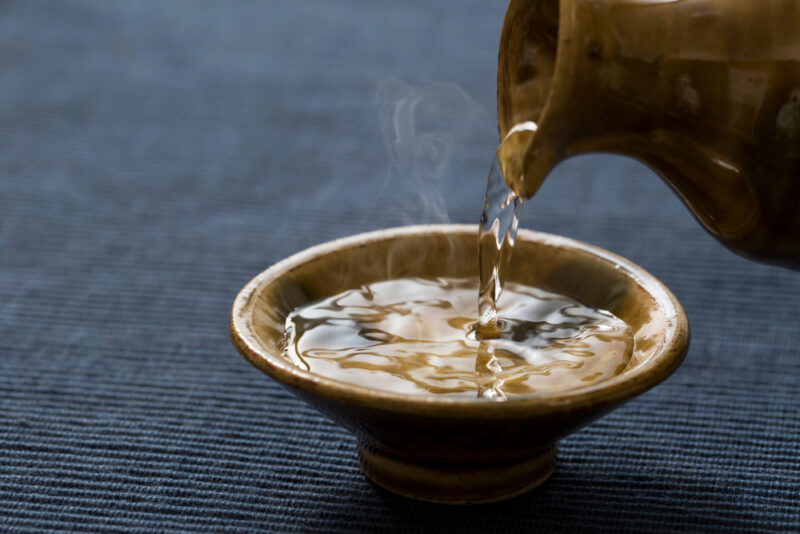
Unlike other liquor and spirits, nihonshu can be served at a wider range of temperatures, between 5℃ to 60℃, and special terms are used to specify the serving temperature.
The terms use to define the serving temperature are “yukihie (5℃)”, “hitohadakan (35℃)”, “atsukan (50℃)”, and “tobikirikan (close to 60℃)”.
Read more articles
- Things to try at the food stalls in Japanese festivals!
- Our favorite Yakitori menus to order from the Yakitori restaurants
- What you need to know about spring traditions in Japan
